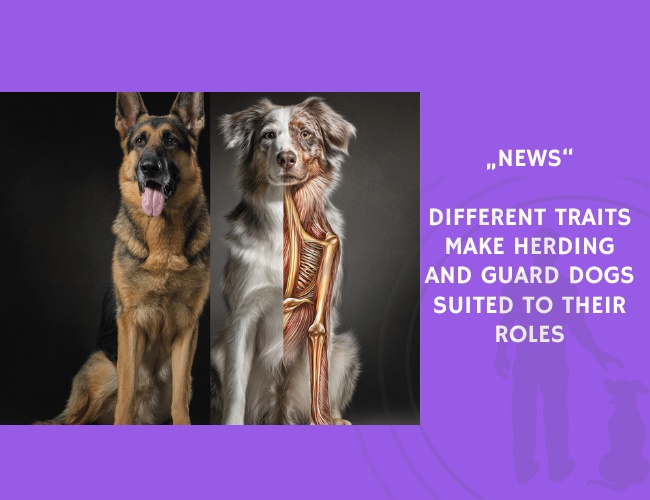Herding and guarding dogs, while both essential for livestock management, display fundamentally different behavioral traits shaped by selective breeding. According to researchers L. Coppinger and R. Coppinger, herding dogs are bred to retain certain hunting behaviors, such as eye, stalk, and grip or heel, allowing them to control livestock movement effectively. In contrast, guarding dogs are bred to maintain juvenile-like behaviors, preferring to remain with their bonded “litter” of livestock and responding to novelty with alarm barking rather than chasing or biting.
The absence of chase and bite in guarding dogs makes them non-threatening to livestock, a trait particularly valuable in high-predation areas. Ranchers in the western USA have reported that in regions with high wolf activity, cattle have learned to respond aggressively to Border Collies used for herding, rendering them less effective. Guarding dogs, which avoid threatening movements toward cattle, are instead tolerated.
Interestingly, the reintroduction of wolves has altered livestock behavior. While smaller predators like coyotes did not provoke aggressive responses from mother cows toward herding dogs, wolves have prompted more defensive reactions. For effective protection against wolves, ranchers may now require two to five guard dogs per flock of sheep.
This review highlights the need to match dog behavioral traits with the evolving challenges in livestock protection, especially as predator populations recover in certain regions.
Source: Coppinger, L., & Coppinger, R. (2019). “Dogs for herding and guarding livestock.” In Livestock Handling and Transport. CABI.










